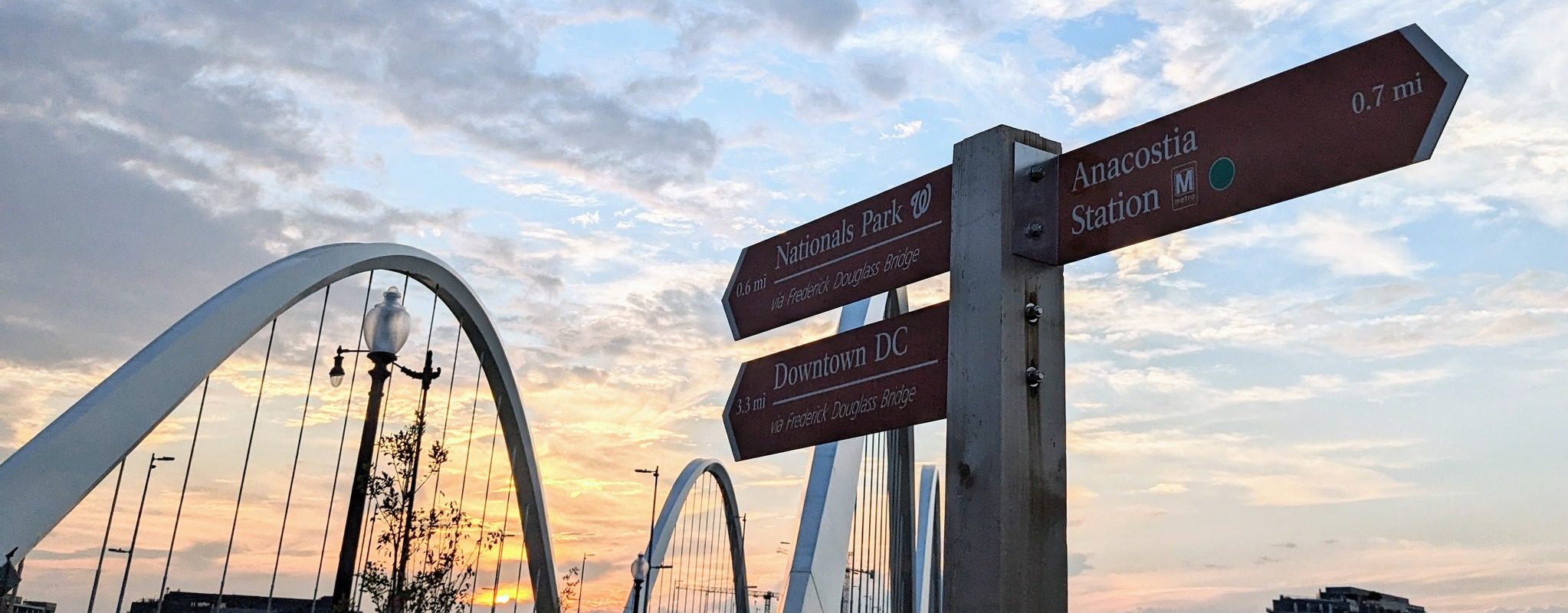Out of the red sands of middle Australia rises a rock that covers 3.3 square kilometers of land, or about 815 acres if the conversion Web site I tried was correct. The 146-acre U.S. National Mall would cover only about a sixth of this footprint. In fact, you would have room leftover for the 485-acre nation of Monaco as well at this rock, Uluru. Known also as Ayers Rock, it rises 345 metres into the air. That is a little more than twice the 170-meter height of the Washington Monument.
Uluru would impress anywhere, even in the mountainous western U.S. or in nation like Namibia, which is rich in lovely hills. Uluru seems all the more impressive in Australia, a worn-down continent where flat sandy land stretches for miles and miles.
There’s only one resort town for visiting Uluru, a massive complex called Yulara. Many of the rooms cost more thqn $100 a night, poor value given that we’d be running around Uluru all day when we arrived and getting up at 5 a.m. the next morning to catch sunrise at the rock.
So we booked into the much cheaper bunk rooms. Around 11 p.m. on the night of our arrival, David kissed me good night on the women’s side of the dorm and headed off for the men’s side. The dorm was quiet when I went in, with people already asleep to prepare for early starts the next day.
The next morning was probably as close as I will ever get to convent life, waking before dawn in a room of people all heading out on the same mission. Everyone wanted to see morning break on Uluru. I could hear people stirring around me when I woke just before 5 a.m. No one spoke. The only light in the dorm was a bit coming through the window from the lights on the path outside.
Here are some photos of Uluru:

